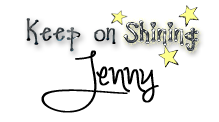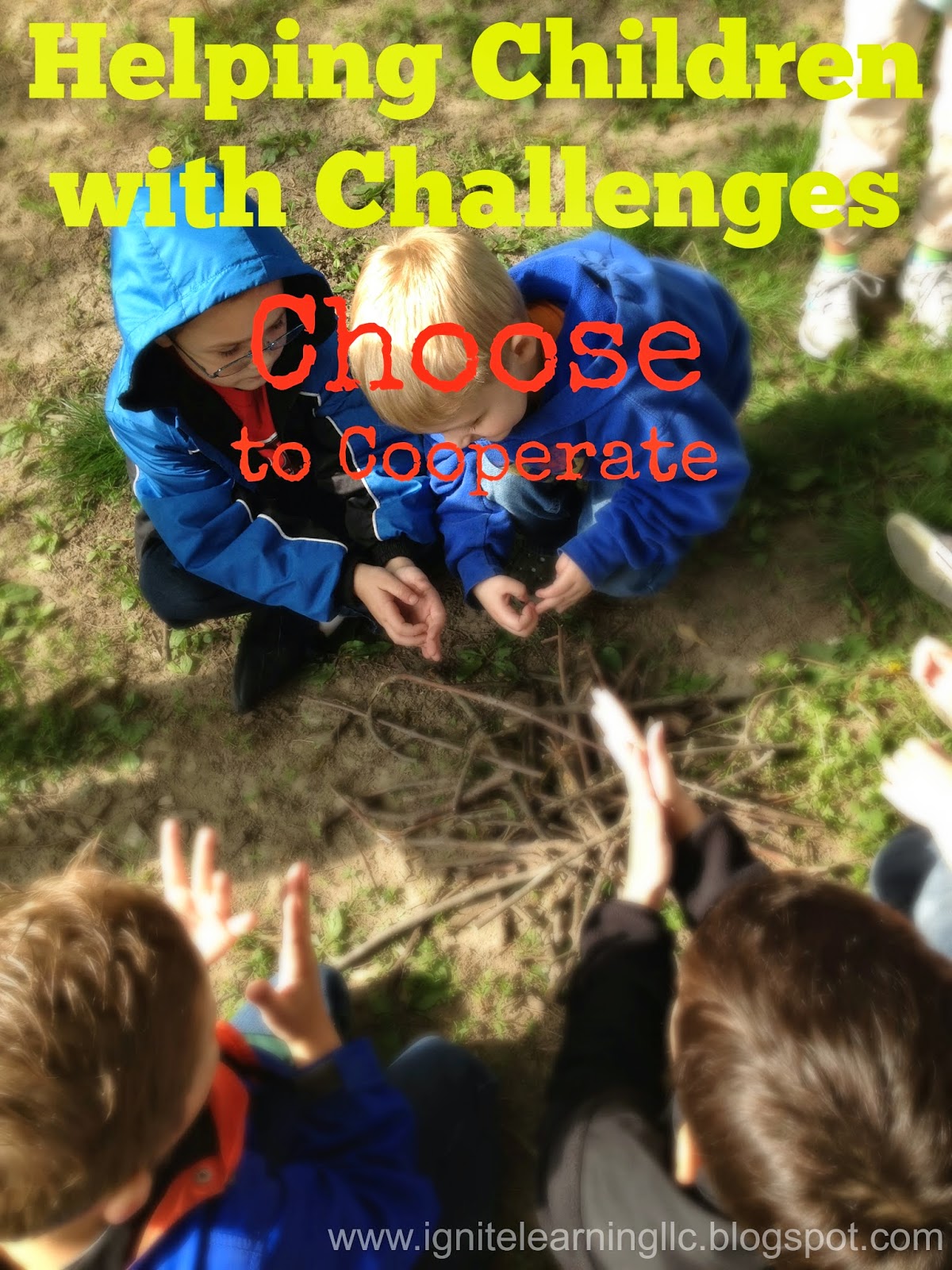Who's ready to go back to school?
Maybe I can help you get ready for school with another one of my favorite children's books!
If you haven't already discovered the Pete the Cat books by Eric Litwin and James Dean you definitely need to check them out! The adorable cat, predictable language, and rockin' songs are a favorite for children and adults alike!
I am sharing one of my personal favorites today, Pete the Cat Rocking in My School Shoes. It is a great back to school book that helps you teach many of your beginning of the year routines and procedures. It also offers an opportunity to discuss the feelings children might have as they begin the new school year. Children may find that they have a lot in common with Pete!
I like to begin by using the free download of the author reading the story to the children. I hold the book and turn the pages, but I let the author work his magic with the rhythm and song! This way, each additional time we read the book, the children know the rhythm and they can sing along!
The story begins when Pete arrives at school on the bus. After reading the story, we discuss the various ways that children come to school. There are usually walkers, car riders, and bus riders. The children use art materials to draw a picture and "write" about how they get to school. They share their drawings and we compare this information by making a bar graph.
Eventually, we turn their drawings into a class book about all the ways we come to school. When you help children see how they are alike and appreciate their differences, you are building Unity among your students. "We all come to school, but we may get here different ways."
I also make arrangements with a bus driver to bring in a bus for us to tour and explore. I have a Pete the Cat stuffed doll that went with us for the bus tour!
We had so much fun exploring the bus! We covered language, math, motor, and social-emotional skills and had so much fun doing it!
We made comparisons with the tires to see how BIG they are. We discussed the colors, shapes, letters, and numbers on the bus. The driver let us get on the bus and practice the procedures for being safe. And of course the tour wouldn't be complete without a roaring rendition of "The Wheels on the Bus!"
We had so much fun exploring the bus! We covered language, math, motor, and social-emotional skills and had so much fun doing it!
We made comparisons with the tires to see how BIG they are. We discussed the colors, shapes, letters, and numbers on the bus. The driver let us get on the bus and practice the procedures for being safe. And of course the tour wouldn't be complete without a roaring rendition of "The Wheels on the Bus!"
When we arrived back in the classroom, we gave the children the supplies to make a "bus" for their snack. They used Twinkies, mini Oreos, and some icing for glue. Yes, it was full of sugar, but it was a special treat and we didn't do things like that very often! Sometimes you have to splurge! :)
To conclude our fun with Pete on the bus, we made a thank you card for the bus driver. We used yellow paper to cut out the shape of a bus and added some tires and windows. The children made thumbprints in the windows to represent themselves. They added facial features and, of course, we added a little Pete the Cat to the bus as well!
Remember, what you offer to others you strengthen in yourself. Practicing an attitude of gratitude and appreciating the help of others, helps children feel appreciated. Always take time to be thankful!
Follow this link to my previous Back to School with Pete the Cat post! See you soon!!! Until then, I wish you well!

































